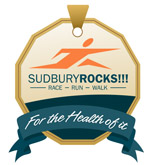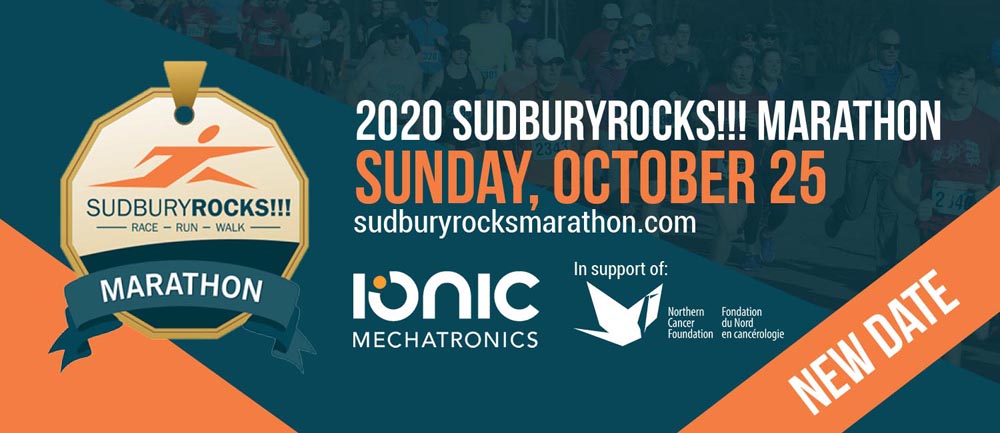With organized running
justifiably on hold for the foreseeable future, it’s
understandable to scrap formal training. Many people
are scaling back to maintenance running, and you’ll
find coaches who are advising the same. The idea here
is to keep running’s physical and mental health
benefits while not getting hurt or burnt out from
more ambitious, seemingly purposeless training.
I have a different take
that has worked for me over the years: Your running
should look like you’re training for a race
even if you’re not. Here’s what I mean
by this approach, and why now may be a good time to
try it if it’s not what you already do.
This idea isn’t
new, and I’m not claiming to have invented it.
Long before any of us had heard of a coronavirus,
it made sense to regularly vary distance and pace
in your running. As I’ll describe below, that
means a mix of slightly harder workouts, gentle recovery
jogs, and long runs, in addition to your standard
getting-in-the-miles outings. Here’s what I
mean by this approach, and why now may be a good time
to try it if it’s not what you already do.
Vary
Very Much
Consistency underlies most success in running. But,
per the famous Ralph Waldo Emerson quote, there’s
a difference between consistency and a foolish consistency.
Running consistently
shouldn’t mean an endless string of short to
medium-length runs at an easy to medium level of effort.
But that’s an easy routine to fall into, especially
when there are no races in your near future. One reason
to mix things up: You might lower your risk of injury.
That notion can sound counterintuitive. Wouldn’t
doing longer and faster runs increase your injury
risk?
It helps to remember
the nature of most running injuries. They’re
usually not acute injuries, like when a soccer player
tears her hamstring or a football player wrenches
his knee. They’re repetitive-strain injuries,
the result of one or more body parts being unable
to hold up to the low-grade but constant stress of
running.
In this view, avoiding
injury means lowering the stress and varying the stress.
Lowering the stress encompasses things like wearing
the right shoes, running on soft surfaces, having
good running-specific strength and mobility, and cross-training.
Varying the stress means, well, not going out and
doing the same run at the same pace day after day
after day. And that’s the relevant angle to
my run-like-you’ll-be-racing approach. Running
at a wide variety of paces works you through slightly
different ranges of motion. Running a variety of distances
means having lower-mileage days during which you recover
from higher-mileage days.
Doing different types
of runs also encourages rotating shoes. Wearing similar
but distinct shoes is another way to vary the stress
of running. In one 22-week study, runners who rotated
among two or more models were 39 percent less likely
to get injured than those who ran the same amount
in just one model.
Another plus: Varied
running will mean that you’re always in shape
to get in shape. That’s good for two reasons.
First, when it comes
time to start formal training for a race, doing so
won’t be a shock to your body. It’s pretty
easy to see that someone who quickly ups his mileage
and intensity is more likely to get hurt than someone
who always has a good baseline of fitness.
Second, when you do start
training, you’re only weeks away from good performances
at a range of distances. Focusing on 5Ks? Cut the
mileage a bit and start doing more VO2 max workouts.
Aiming for a half marathon? Bump up your long run
a little and emphasize tempo runs. Whenever running
returns to normal, wouldn’t you like to be ready
to join in the fun?
Like I said, I didn’t
invent this approach. It’s basically what pros
do when they’re base training. A typical week
includes a long run, a day of longer repeats, a day
of shorter repeats, and as many “normal”
runs as you feel like doing.
If that sounds too ambitious,
note that none of this has to be epic training. “Long
run” doesn’t mean “as long as possible.”
This winter, for example, I’ve been going a
bit over two hours most Saturdays. These 14- or 15-milers
constitute about 20 to 25 percent of my weekly total.
I finish them feeling like I could easily go another
hour without having to spend the rest of the day on
the sofa.
My longer-repeat days
are things like 6 x 1200 meters at 10K race pace,
or 2 X 15 minutes at half marathon pace, or 45 minutes
at marathon pace. My shorter-repeat days are usually
10 to 15 X 1 minute at mile to 5K race pace. I finish
all of these sessions feeling like I could do plenty
more at the same intensity if I had to.
That moderation is important
during any period of sustained base training, but
especially while the coronavirus rages. Draining hard
and/or long runs temporarily suppress your immune
system; that’s currently an unnecessary risk.
But running a few miles at half marathon pace or 10
minutes’ worth of short repeats at 5K race pace
isn’t a hands-on-knees effort. Nor are long
runs that you could extend by another 25 to 50 percent
without duress exhausting.
Mind
Your Mind
If the physical benefits of running like this aren’t
compelling, consider the mental side. One of my running
partners, a two-time Olympic Marathon Trials qualifier,
does one or two harder workouts and a long run most
weeks, even when she has no racing plans. As she repeatedly
explains to her husband, the variety keeps her fresher
mentally.
Another running partner,
the 1997 U.S. marathon champion, almost never races,
but still goes long most weekends because she likes
the extra time to think and be in nature. Like many
people, she simply enjoys running, and views her longest
run of the week as more pleasure than obligation.
I feel similarly. It’s
when I string together too many consecutive medium-length,
medium-intensity days that I start feeling flat and
bored with running. Longer and faster runs bring feelings
of satisfaction, of meeting a challenge, and—a
welcome occurrence these days—of being in control.
There are still plenty of easy to moderate runs for
daydreaming, problem solving, and a daily hit of feel-good
brain chemicals.
Of course, you should
go about your running however you like. My approach
works for me and helps me feel more engaged and energized
by my running.
That’s something
we would all benefit from right now.










219.jpg)







